- City:
- Honolulu, HI
- Site Type:
- Parks and Recreation, Tennis Courts, Athletic Courts and Fields, Landscaping and Tree Planting
- New Deal Agencies:
- Federal Emergency Relief Administration (FERA), Work Relief Programs, Civil Works Administration (CWA)
- Completed:
- 1937
- Designer:
- Harry Sims Bent
- Quality of Information:
- Very Good
- Site Survival:
- Extant
Description
Part of the Ala Moana Park complex, the Sports Pavilion and Banyan Court were designed by architect Harry Sims Bent and built with the help of federal funds and FERA and CWA labor.
“The simple concrete exterior walls of the sports pavilion do not suggest the exotic richness of the banyan court hidden behind its walls. The banyan court is probably the best-kept secret in Honolulu’s parks today; it is also perhaps Harry Sims Bent’s most noteworthy design. The sports pavilion and banyan court were officially completed 1937, although much of the sports pavilion had been finished somewhat earlier, by 1935. The pavilion itself was designed to be a recreation center, offering rooms for crafts and games and, across the courtyard, locker facilities for men and women. Inside, artist Robert Lee Eskridge painted two wall-size murals depicting the Hawaiian makahiki (sports festival).
Tennis courts outside the pavilion were designed, ingeniously and surprisingly effectively, to share a common wall with the tranquil spaces of the interior courtyard.”
Harry Sims Bent describes the design process and Charles Lester McCoy’s vision for the Banyan Court: “The idea for the character of the banyan garden came about through a series of discussions between Mr. McCoy and myself. We were looking for a solution that could be applied to the enclosed rectangular space that would reflect a flavor of the Pacific basin background. During one of these discussions Mr. McCoy produced a battered postcard, collected on one of his tours of the Far East, showing a remnant of an old Balinese garden, wherein stone tree boxes were used adjacent to shaded reflection pools. This germ of an idea was adopted for its suitability and character and also because of its simplicity and the fact that it seemed to offer a mode of construction that would fit in with our labor-material ratio. With that vague prototype as a clue, I proceeded to design the garden as it now stands.”1
Source notes
1. Weyeneth, Robert, 1987, Ala Moana: The People's Park, Prepared for the Department of Parks and Recreation. 2. Ala Moana Park, Written Historical and Descriptive Data, Historic American Landscapes Survey, National Park Service , U.S. Department of the Interior .At this Location:
Contribute to this Site
We welcome contributions of additional information on any New Deal site.
Submit More Information or Photographs for this New Deal Site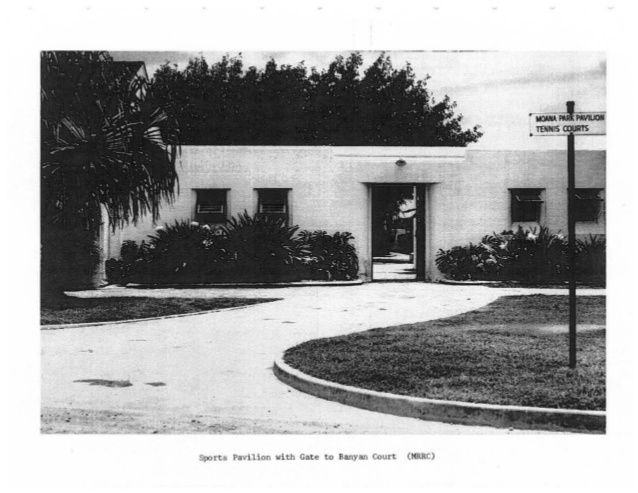
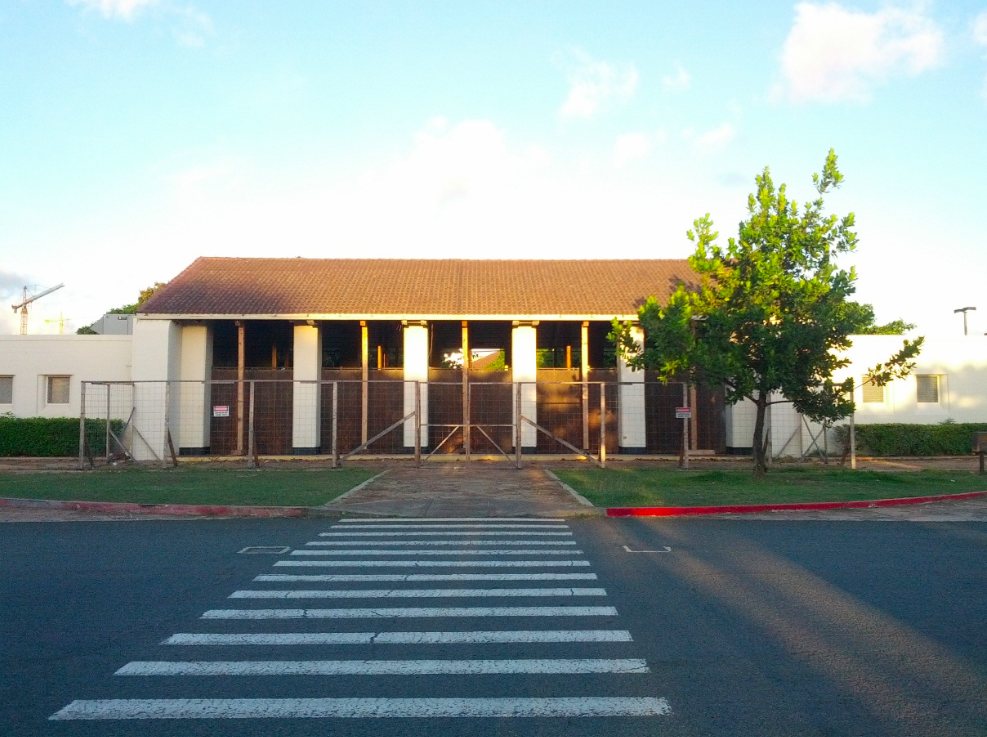
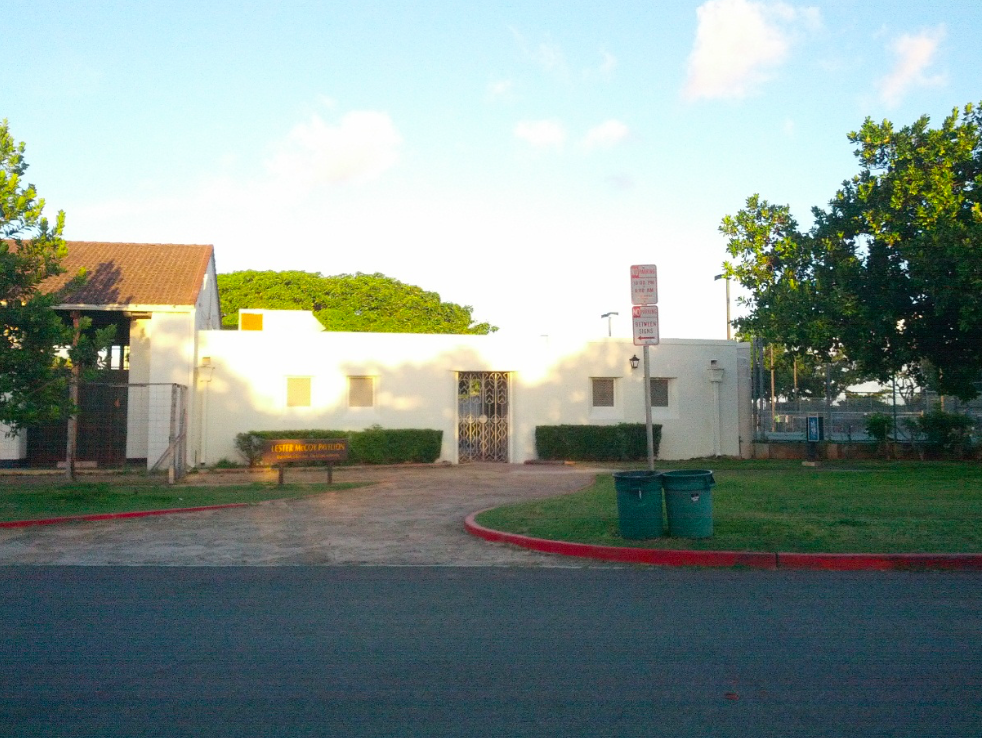

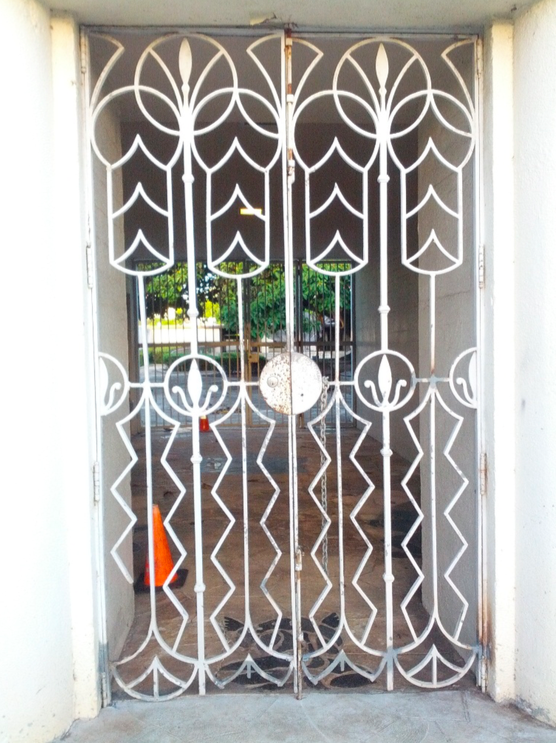
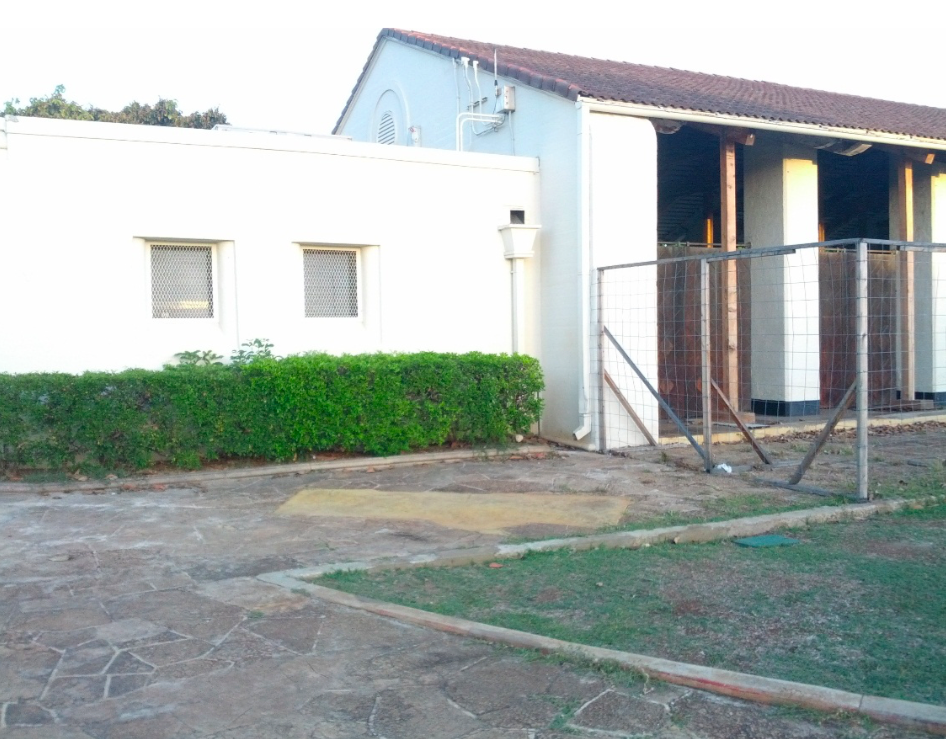


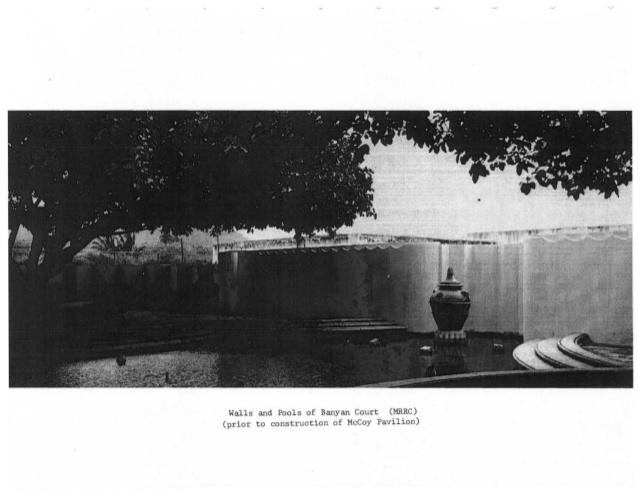
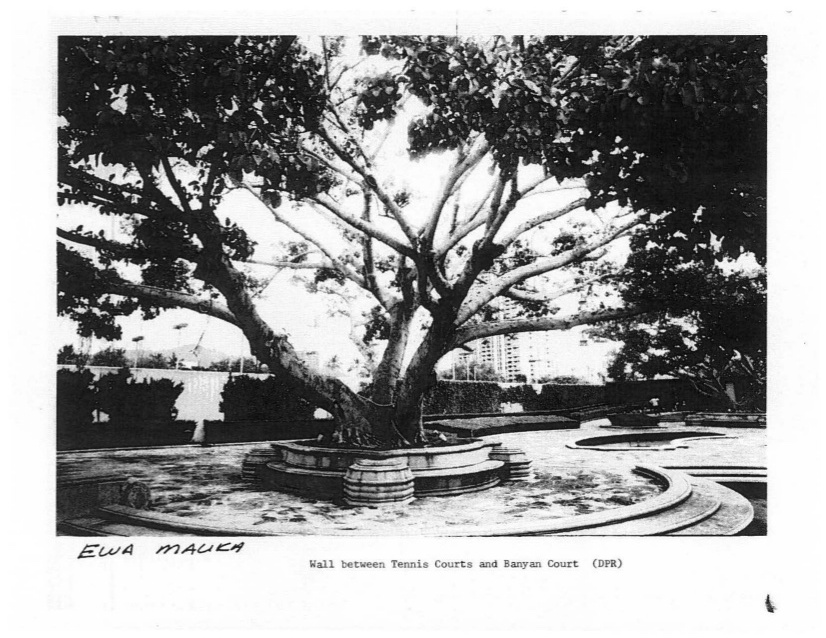


Join the Conversation